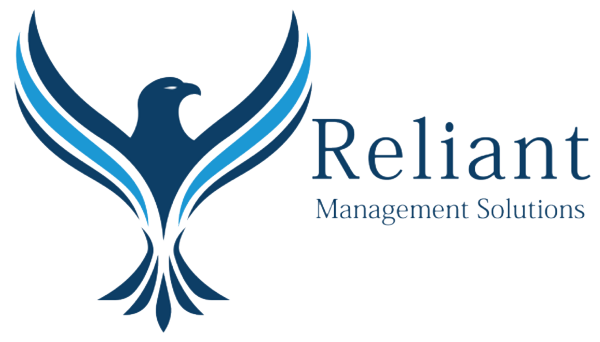Introduction:
Debt can be an unwelcome companion, and when it comes to credit card debt, the journey to financial freedom can seem like an uphill battle. In this blog post, we’ll explore the daunting prospect of paying off a $10,000 credit card debt by sticking to the minimum payments. Buckle up as we delve into the numbers and timelines, shedding light on the potential pitfalls and alternatives for a more expedited path to debt-free living.
The Minimum Payment Dilemma:
Credit card statements typically provide a minimum payment amount, a seemingly manageable figure that allows you to maintain your account in good standing. However, what may appear as a convenient solution can turn into a long and costly ordeal when applied to a substantial debt like $10,000.
Interest Accumulation:
One of the major challenges when paying only the minimum is the interest that continues to accrue. Credit cards often come with high-interest rates, and a significant portion of your minimum payment goes toward covering these charges rather than chipping away at the principal balance. The longer you stick to minimum payments, the more interest accumulates, prolonging your debt repayment journey.
Extended Timeline:
The minimum payment is designed to keep your account in good standing, but it’s not optimized for rapid debt reduction. If you were to stick solely to the minimum, you might be looking at years – even decades – to pay off a $10,000 debt. The exact timeline depends on the interest rate, but the extended period can make the debt feel like a constant burden.
Total Interest Paid:
It’s crucial to recognize the true cost of minimum payments. Over the extended repayment period, you may end up paying a significant amount in interest alone. Understanding the total interest paid can be a powerful motivator to explore alternative strategies for debt repayment.
Alternatives to Minimum Payments:
Increased Monthly Payments:
If your budget allows, consider making payments beyond the minimum requirement. Even a modest increase in your monthly contribution can significantly reduce the time and interest paid over the life of the debt.
Debt Snowball or Avalanche Method:
Explore popular debt repayment strategies like the snowball or avalanche method. The snowball method involves paying off the smallest debts first, while the avalanche method focuses on high-interest debts. Both approaches can provide a more structured and efficient way to tackle multiple debts.
Debt Consolidation:
Consolidating your debt through a personal loan or balance transfer credit card with a lower interest rate can streamline payments and potentially reduce overall interest costs.
Conclusion:
Paying off a $10,000 credit card debt by sticking solely to the minimum payments is a slow and costly path. It’s essential to be aware of the extended timeline, interest accumulation, and the total interest paid. By exploring alternatives such as increased monthly payments, strategic debt repayment methods, or debt consolidation, you can take control of your financial journey and expedite the process of becoming debt-free. Remember, with determination and a well-planned strategy, the road to financial freedom becomes more manageable.






Recent Comments